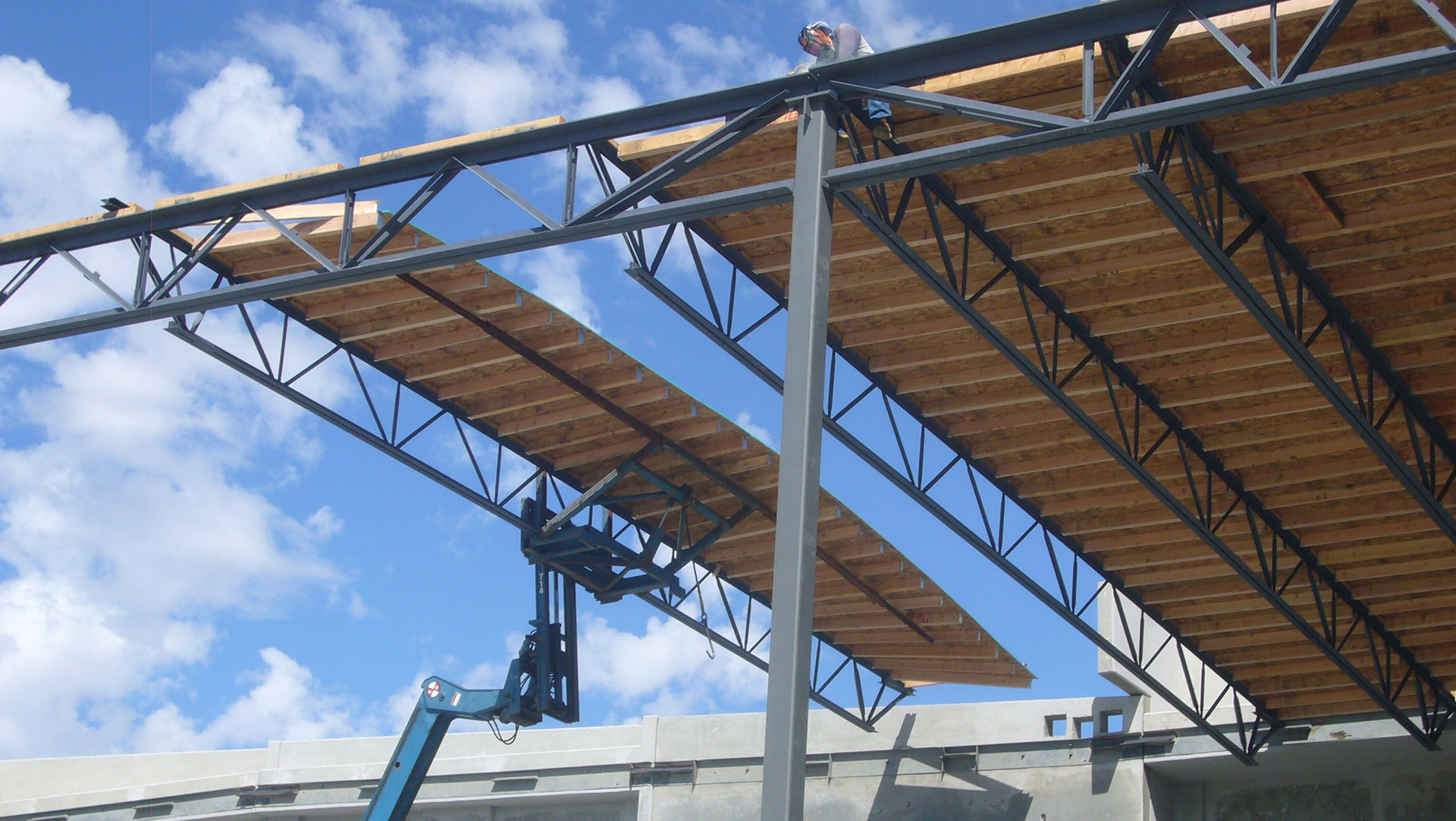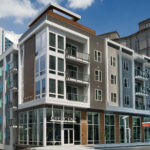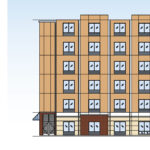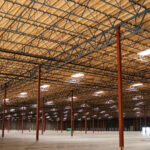Design Examples
Wind Design of Timber Panelized Roof Structures
Timber panelized roof construction is the dominant approach for large flat roof systems along the west coast. Its simplicity and economy make it a good choice for large distribution warehouses, industrial, commercial, and big-box retail buildings. It has also been utilized in churches, schools and other building types.
The panelized roof structure was developed in the 1950s in Northern California to facilitate fast forklift erection of flat roof systems using 4×8 plywood and 4x sawn purlins on an 8-foot module. Today, 8-foot wide panel assemblies up to 60 feet long are routinely installed and longer lengths are possible. More than 40,000 square feet can be installed in a single day.
The all-wood panelized system consisting of glue-laminated (glulam) purlins and girders has evolved into the more popular hybrid roof system, which consists of a wood panel diaphragm (plywood or oriented strand board) and repetitive 2x or 3x subpurlins, supported on factory-installed wood nailers attached to the top chord of open-web steel joists and joist girders (trusses).
This design example illustrates a large concrete tilt-up building with substantial clear-height in a wind zone most commonly found in the United States.



